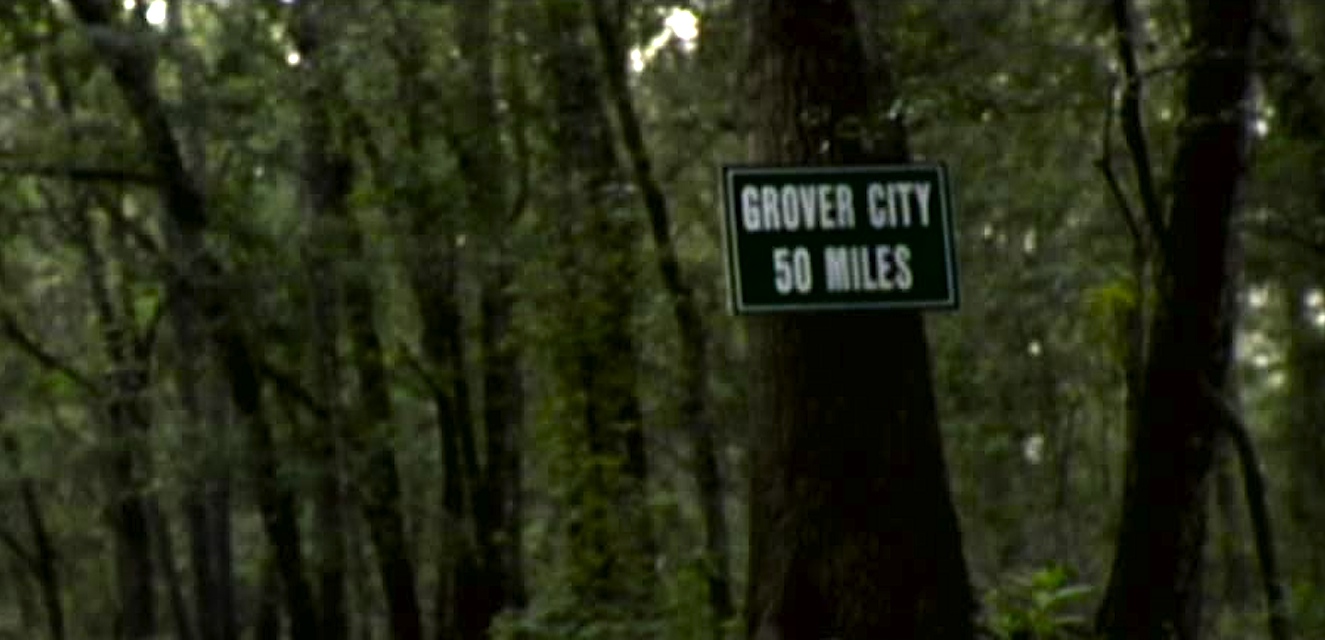Automaton Transfusion is decent in a “seemingly written and directed during a drunken weekend bender” sort of way, but otherwise it brings little new to the zombie table. It’s written as if someone sat down and watched 50 zombie films and decided to pluck an element from each one. As such, it’s loaded with cliches, including one of the most egregious cases of black self-sacrifice in recent memory.
Scott (William Howard Bowman) is actually one of the more impressive horror “black guys” I’ve seen lately. He’s tough and no-nonsense, but not a jock or a hood rat — basically, a high school version of Ken Foree in Dawn of the Dead or Ving Rhames in, well, Dawn of the Dead. When the stereotypical “scaredy cat ‘Game over, man’ friend” Tim (Rowan Bousaid) meets his inevitable demise, though, Scott is the obvious third wheel alongside “hero” Chris (Garrett Jones) and his gal Jackie (Juilet Reeves).
Presumably to avoid the awkwardness of busying himself when they want to go to “third base,” he sacrifices himself to the undead. That’s the only acceptable reason, frankly, because what writer/director Steven C. Miller wants you to believe is that Scott is so tired of fighting — after, like, a day — that he figures there’s no hope and charges into a horde of zombies (that are standing politely around the corner) with a chainsaw to meet his maker in a blaze of glory.
It’s one of many nonsensical moments in the nonsensically titled Automaton Transfusion (one gal tries to hide in her convertible…with the top down), most of which function to force the protagonists into the classic zombie movie situation of being trapped in various locations — a bar, a house, a shed, a school — “surrounded by the undead” and giving Chris the opportunity to assert himself as the dominant male with lines like, “I can’t sit here and let everyone I know become food for these bastards!”
At one point, they actually run past their car in order to be trapped inside a bar so that the requisite “drama” (AKA yelling “What’s going on?!?” and “What are we gonna do?!?”) can begin. They then take Chris’s suggestion that they head to their high school, as if that’s some sort of impregnable, barren, out-of-the way location. Thankfully, the direction and special effects in the film are better than the writing, although Miller favors a shaky camera technique to obscure the limitations of a $30,000 budget. Hopefully, the inevitable sequel will cost more — and will perhaps introduce a new black guy with less of a death wish.


























